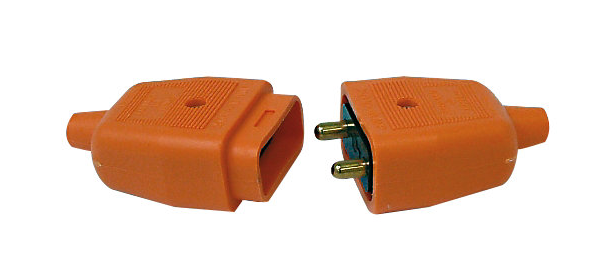I have an electric lawnmower that's about 8 years old. I use a 100-foot extension cord with it that's probably 20 years old. While mowing the other day, I smelled a faint electrical smell. When I finished, I noticed that one of the holes on the end of the extension cord where it plugs into the mower was black and slightly melted (see photo). The corresponding prong on the mower was a bit blackened as well (see photo, though it's kind of hard to see).
Melted extension cord:
Lawnmower plug:
I assume that either the mower or the extension cord has a major problem. My main question is which one? Is there an easy way to tell? Is one inherently more likely than the other? Is there some kind of test I could run that wouldn't be dangerous to whatever else I was plugging in?
Obviously, I'd rather replace the extension cord than the mower, but I don't want to get a brand new extension cord and have that melt too, the first time I use it.
Thanks again for your help!



